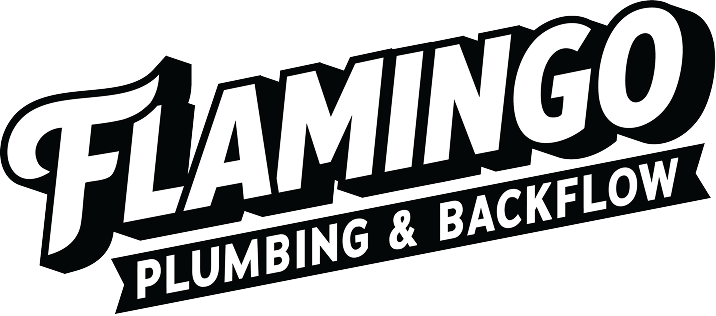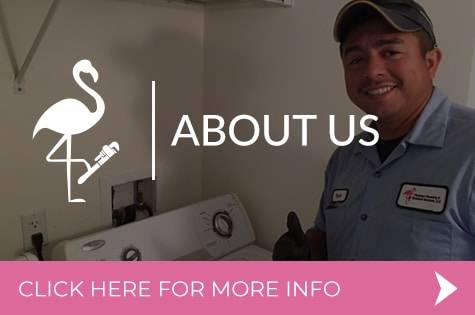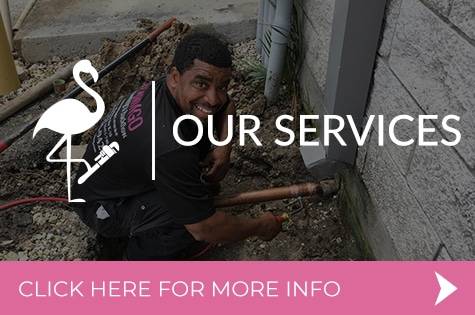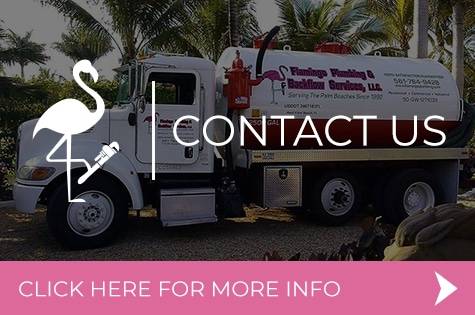A backflow preventer is typically installed in apartment complexes, commercial units, or large houses. The main goal of a backflow preventer is to ensure that water flows in one direction. Furthermore, it keeps the water in these buildings or houses from getting contaminated. Additionally, if you have a house with sprinklers or a pool, you will need preventer valves in your home to avoid water stagnation.
That said, contaminated water can be a huge issue. So maintaining and keeping a backflow preventer operating effectively is important because water damage can not only lead to structural damage but also endanger the health of family members in the house. With that in mind, here are some signs of backflow preventer damage that you should look out for and some techniques to maintain them.
Signs Your Backflow Preventer Needs a Repair
- The Pressure of the Flow
One of the most common signs of backflow preventer issues is when there isn’t enough water pressure in your outlets. If you use sprinklers or a hose, it is easy to tell when the flow is not fast enough. So, if you notice low water pressure in your taps and other outlets, you should get your backflow preventer valves checked.
- Water Quality
If there are drastic changes in water quality, such as a foul smell, weird taste, or other residue in the water, it could be an indication of water stagnation. If you notice any of these signs, get your plumbing system and backflow preventer valves checked right away.
- Leakage
Leakage is not always easy to spot and it can be caused by many reasons such as burst or rusted metal pipes, dirt accumulation, and fluctuating water pressure among others. If you notice any leaks in or around your house, get in touch with a plumber right away. Even in the absence of leaks, regular checks and maintenance are still necessary for backflow preventers.
Maintenance of a Backflow Preventer
Maintaining a backflow preventer is not an easy task and may require professional help if you are facing consistent issues. There are some steps you can take to ensure your backflow preventer works efficiently.
- Regular Checkups
First things first, ensure that you get your backflow preventer checked at least once a year. In fact, in some states, it is a regulation to get your backflow preventers checked annually. This helps in making sure your water is not contaminated and your pipes are in optimal condition.
- Water Quality
Another thing you should keep an eye out for is contamination in the water. If you notice that the water is murky, has a foul odor, has particles, or tastes bad you should get your water valves checked right away.
- Connections for Garden Hose
The next thing you can do to maintain your backflow preventers is to make sure that your garden hose has backflow prevention. This will also ensure that any present leaks do not lead to puddles or stagnating water which can quickly become breeding grounds for bacteria.
- Filters
Monitoring and changing your filters regularly is a must when it comes to maintaining backflow preventers. Dirt accumulation in water filters can lead to serious issues down the line including water contamination. Bacterial growth can deplete the water quality drastically and become unhealthy for consumption and other household chores.
If you are dealing with signs of backflow and other plumbing issues, then you are in the right place. At Flamingo Plumbing, we can take care of all your plumbing needs. Have a broken water heater? We have a solution. Need construction facilities? Our amazing staff at Flamingo plumbing can assist you with a new installation and maintenance services. Contact us today to get your quote.





